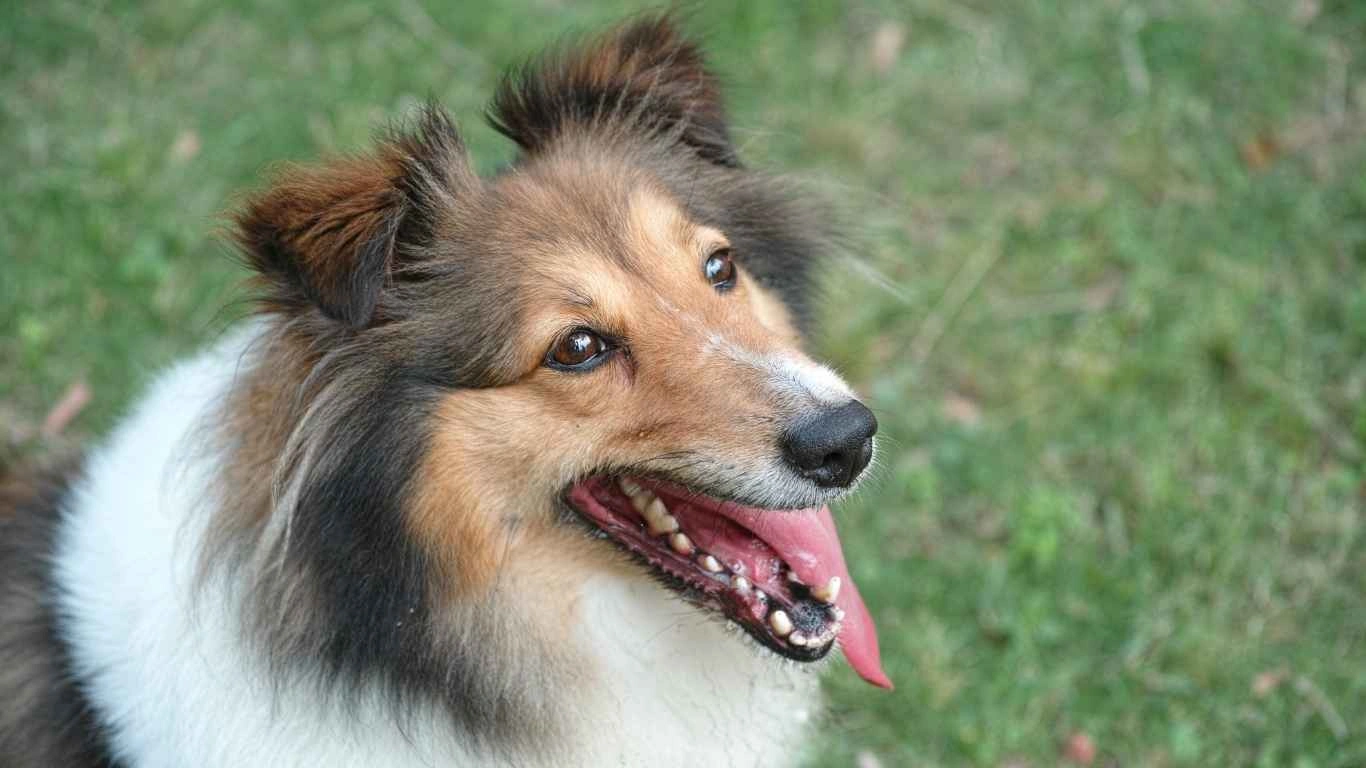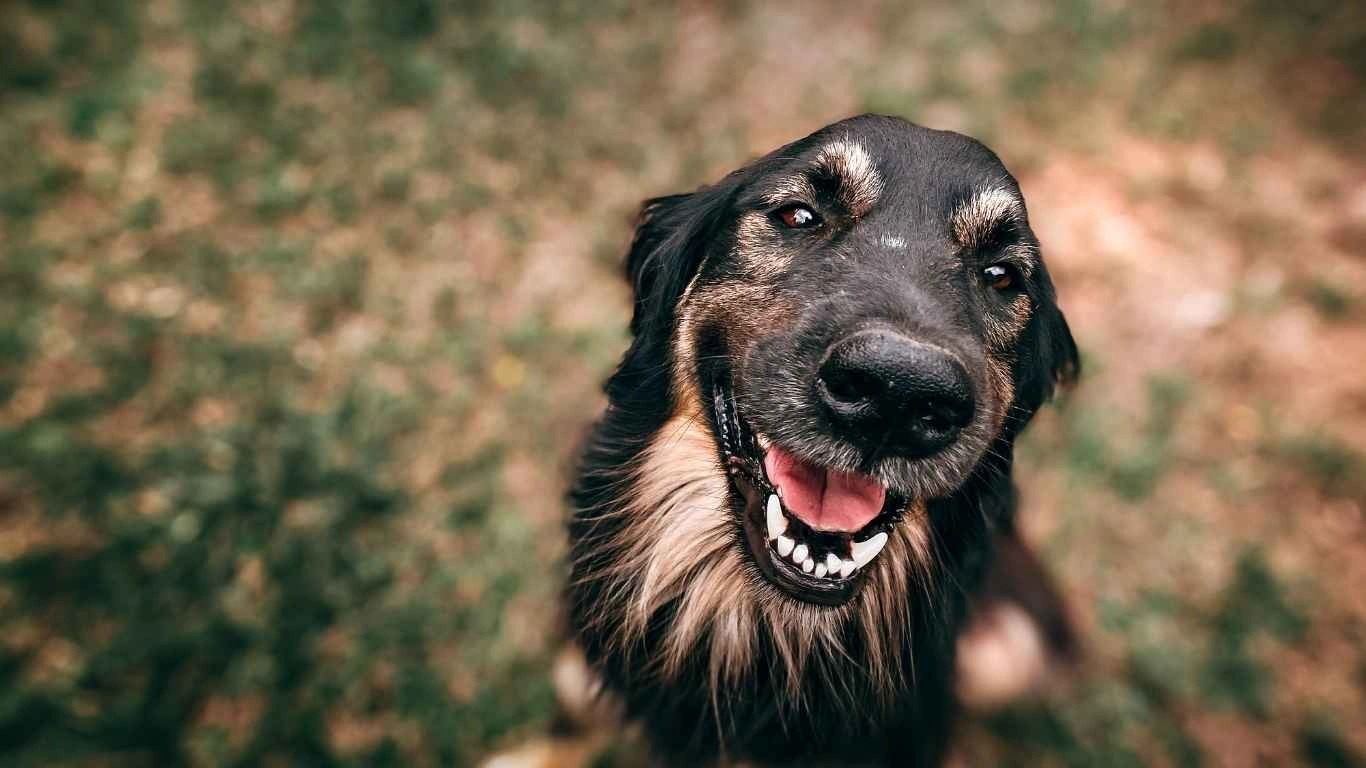Proven Ways to Prevent Yeast Infections in Dogs with Diet
If you’re like me, you’ve probably seen more than a few dogs come through the clinic doors with itchy skin, red ears, or that telltale yeasty smell. One of the most common culprits? Yeast infections. And the surprising part is how often it’s tied to diet. Yep — what you’re feeding your pup can play a major role in flare-ups. In this post, I’ll walk you through how to prevent yeast infections with diet in dogs, sharing tips I’ve picked up from years of working in animal care, both in clinics and shelters. It’s not just about what food bags say “grain-free” or “premium.” It goes deeper — and I’ve seen firsthand how the right choices can make a huge difference in a dog’s comfort (and their human’s sanity!).
Understanding Yeast Infections in Dogs

Let’s break it down simply: yeast (specifically *Malassezia pachydermatis*) is normally present on a dog’s skin. But when something causes an imbalance — bam — it overgrows. That’s when the itching, scratching, licking, and those smelly, gunky ears start showing up. From what I’ve seen, these infections can seriously lower a pup’s quality of life if they become chronic.
And the common triggers? Allergies, moisture, compromised immunity, but also — and this is often overlooked — poor diet choices. Dogs with carb-heavy diets or too many processed ingredients are like an open invite for yeast to party. That’s why adjusting your dog’s diet is one of the best, most natural ways to prevent these infections before they even start.
Why Diet Plays a Bigger Role Than Most Think

1. The Sugar-Yeast Connection
One of the first things I tell dog parents is that yeast feeds on sugar. Even if you’re not giving your dog cookies (please don’t!), a lot of commercial dog foods are packed with starchy fillers that break down into sugar. Think corn, wheat, white rice, and potatoes. These ingredients may keep the kibble cheap and shelf-stable, but for yeast? It’s like an all-you-can-eat buffet.
2. Gut Health = Skin Health
Here’s something I wish more people knew: your dog’s gut is deeply connected to their immune system. When I worked with a rescue pup suffering from constant ear infections, we changed her food to one with better probiotics and fewer fillers — and within weeks, her ears cleared up. Coincidence? Not at all.
Feeding a dog with beneficial prebiotics and probiotics (like fermented veggies or supplements) helps balance the gut flora, which in turn helps keep skin yeast in check. I’ve seen it work time and time again — and the science backs it up.
3. Inflammatory Ingredients to Avoid
If your dog is prone to yeast issues, watch out for these common triggers:
- Grains – Not all grains are bad, but many dogs have trouble digesting them, leading to inflammation.
- Artificial Additives – Dyes, preservatives, and flavor enhancers can disrupt the immune system.
- Cheap Protein Fillers – By-products and meat meals from unknown sources can cause immune reactions.
Choosing the Right Diet for Yeast-Prone Dogs

Whole Food Diets Make a Difference
I’ve had the best luck recommending whole-food based diets — whether commercial or homemade. Think: real meat as the first ingredient, low-glycemic veggies like broccoli and zucchini, and healthy fats like coconut oil. Some pet parents I’ve worked with even go raw (with guidance, of course), and see huge improvements.
Supplements That Support Skin Health
If you’re not ready to overhaul your dog’s food just yet, try adding these to their diet:
- Omega-3 fatty acids (from fish oil or flaxseed) – Helps reduce inflammation
- Probiotics – Promotes gut balance
- Coconut oil – Has antifungal properties (I’ve used this both topically and in food!)
Just remember — always check with your vet or a pet nutritionist, especially if your dog has any underlying health conditions. Not every diet works for every pup, and I’ve learned that trial and error (with some expert guidance) goes a long way.
Reading Labels Like a Pro: What to Look For

One of the biggest game-changers for me — and for many pet parents I’ve helped — was simply learning how to decode dog food labels. You don’t need to be a vet or a nutritionist to spot the red flags. Once you get the hang of it, it becomes second nature.
Here’s what I tell folks at the clinic all the time: if the first few ingredients are hard to pronounce or sound like they belong in a chemistry set, put that bag back on the shelf. Whole proteins (like chicken, beef, or lamb) should be listed first. You want real foods — not vague stuff like “animal by-products” or “meat meal.”
And don’t be fooled by buzzwords like “natural” or “premium” — those aren’t regulated in any meaningful way. I’ve seen plenty of “natural” foods loaded with yeast-promoting fillers. Instead, look for:
- Single-source proteins – easier to digest, less likely to trigger inflammation
- Low-glycemic veggies – think peas, spinach, green beans
- Minimal ingredient lists – the shorter and more recognizable, the better
Common Food Triggers That Feed Yeast

Every dog is different, but over the years, I’ve noticed certain ingredients pop up again and again in cases of chronic yeast issues. Once these were removed from the dog’s diet, the itching, licking, and smell often started to fade within weeks. It’s not magic — it’s just a smarter food approach.
Here are a few usual suspects to look out for:
- Potatoes & Sweet Potatoes – Yep, even the sweet ones! They’re starchy and break down into sugar, which yeast loves.
- Wheat, Corn, and Soy – These are cheap fillers, often used in bulk, and can create inflammation that yeast thrives on.
- Peas and Lentils – I know, this surprises a lot of people. While better than corn, they still have a moderate glycemic impact and can be problematic for some dogs.
In my experience, the best diets for yeast-prone pups are those that stick to high-quality protein and low-sugar veggies. Once you ditch the sugar sources, yeast loses its fuel.
What About Treats and Chews?

This is where even the most well-meaning dog owners slip up. You might have your dog on a clean, yeast-conscious diet, but if you’re handing out sugary biscuits or soft treats full of molasses and wheat — guess what? You’re undoing all that good work.
When clients ask me for treat recommendations, I always suggest thinking of treats as part of the diet, not an extra. That means they should follow the same rules: low sugar, no grains, and high in clean protein. A few favorites I’ve recommended over the years:
- Freeze-dried liver or hearts – Single ingredient, super tasty, no junk
- Dehydrated fish skins – Crunchy, natural, and packed with omega-3s
- Fresh veggie sticks – Think cucumber slices, zucchini, or green beans (raw or lightly steamed)
One time, a client of mine switched to giving her Yorkie little bits of plain boiled chicken as a reward instead of processed treats. Within two weeks, the ear gunk started clearing up. That’s how powerful those little changes can be.
Creating a Long-Term Anti-Yeast Feeding Plan
Preventing yeast infections with diet in dogs isn’t just a quick fix — it’s a lifestyle. And honestly, it doesn’t have to be overwhelming. The key is consistency and keeping an eye out for triggers. If your pup starts itching again after trying a new food or treat, that’s your clue to pull back.
- Start with an elimination phase – Go simple. Choose a limited-ingredient food with a novel protein and no grains.
- Introduce probiotics and omega supplements – Boost gut and skin health gradually.
- Track changes – Keep a log of symptoms, foods introduced, and any flare-ups.
- Stay flexible – Every dog is unique, and finding the right formula may take a few tweaks.
In the shelter world, we didn’t always have the luxury of customized diets — but when we did, even the toughest cases (think months of chronic skin issues) saw improvement. I remember a Pit mix named Juno — she was a yeast magnet. Constant ear infections, red paws, nonstop licking. Swapping her kibble for a higher-quality, lower-carb option turned things around in less than a month. She finally got adopted without her usual itchy baggage.
Meal Prep Tips for Dog Owners

Let’s be real — switching your dog’s diet to help prevent yeast infections sounds great, but who’s got time to prep gourmet meals every day? I hear that all the time from pet parents, and honestly, I get it. That’s why I always suggest starting small. Even a few tweaks to your dog’s current diet can make a real difference.
When I had a foster pup dealing with constant ear gunk and paw licking, I started prepping one simple meal a week with clean ingredients — chicken, green beans, and a little pumpkin. We rotated that into her kibble routine, and the results were amazing. No more paw chewing at 3 AM!
Here are a few simple, doable meal prep tips:
- Batch cook in advance – Use weekends to prep and freeze small portions. Your future self will thank you.
- Keep ingredients simple – Stick to one protein and a couple of low-starch veggies per meal.
- Use silicone molds – Freeze portions in fun shapes. Not necessary, but makes feeding feel less like a chore.
Trust me, it doesn’t have to be perfect. Even reducing your dog’s sugar intake by 30–50% can help disrupt yeast overgrowth and give their immune system a better shot at keeping things balanced.
How to Monitor Progress and Spot Red Flags

So, you’ve switched up your pup’s food, chosen better treats, and started keeping their diet low in yeast-feeding ingredients. What now? One thing I always stress — especially to clients just getting started with a diet-based approach — is: track everything.
Even small changes can clue you in on what’s working and what’s not. I like to tell people to snap weekly pics of problem areas (ears, paws, belly) and jot down notes about energy levels, itching, licking, and even poop (yeah, I said it — healthy poop is a good sign!).
Signs your anti-yeast diet is working:
- Less itching or licking, especially at night
- Cleaner, less smelly ears
- Improved coat condition (shinier, less dandruff)
- More regular stools, fewer tummy upsets
Of course, if you’re not seeing improvements after a few weeks — or if things get worse — it’s time to check in with your vet. Sometimes yeast issues are secondary to other problems like allergies, endocrine disorders, or even environmental triggers. The diet can be a huge help, but it’s not a miracle cure for every case.
Expert Guidance Goes a Long Way
I always encourage folks not to go it alone. Whether it’s your regular vet, a veterinary nutritionist, or even a holistic pet practitioner — having someone in your corner can save you so much time and frustration.
One of my favorite parts of working in animal care has always been connecting with pet parents and helping them figure out the “why” behind their dog’s symptoms. Yeast infections can feel like a mystery at first, but when you look at it from a nutritional perspective, the puzzle pieces start to fit. I’ve worked with many cases where dietary changes were the turning point after months of trial and error with meds and topical treatments.
Remember: knowledge is power, but personalized advice from a trusted expert is the real secret weapon.
Useful Resources for Further Learning
If you’re eager to learn more about preventing yeast infections through diet (and want some science-backed reading to go with your kibble upgrades), here are a few reputable sites I recommend:
- https://www.avma.org/ – American Veterinary Medical Association: Trusted advice on pet nutrition and wellness
- https://www.nutrition.org/ – Covers broader nutrition science with insights into digestive health and immunity
- https://www.vet.cornell.edu/ – Cornell College of Veterinary Medicine: great for deep dives into veterinary dermatology
There’s a lot of noise out there when it comes to pet diets, so sticking with vetted, science-based resources is always the best move.
Disclaimer
The information in this article is based on my personal experience as an animal care specialist and should not replace advice from your licensed veterinarian. Every dog is different, and what works for one may not work for another. Before making significant changes to your dog’s diet or health routine, please consult with a professional who understands your pup’s specific needs.




